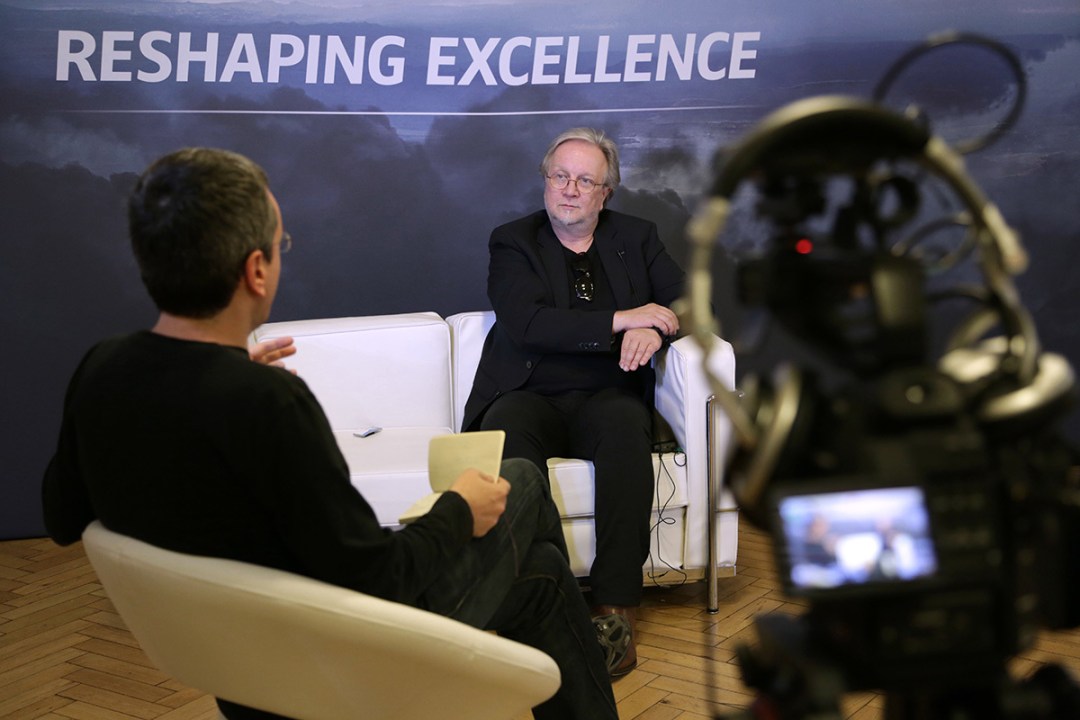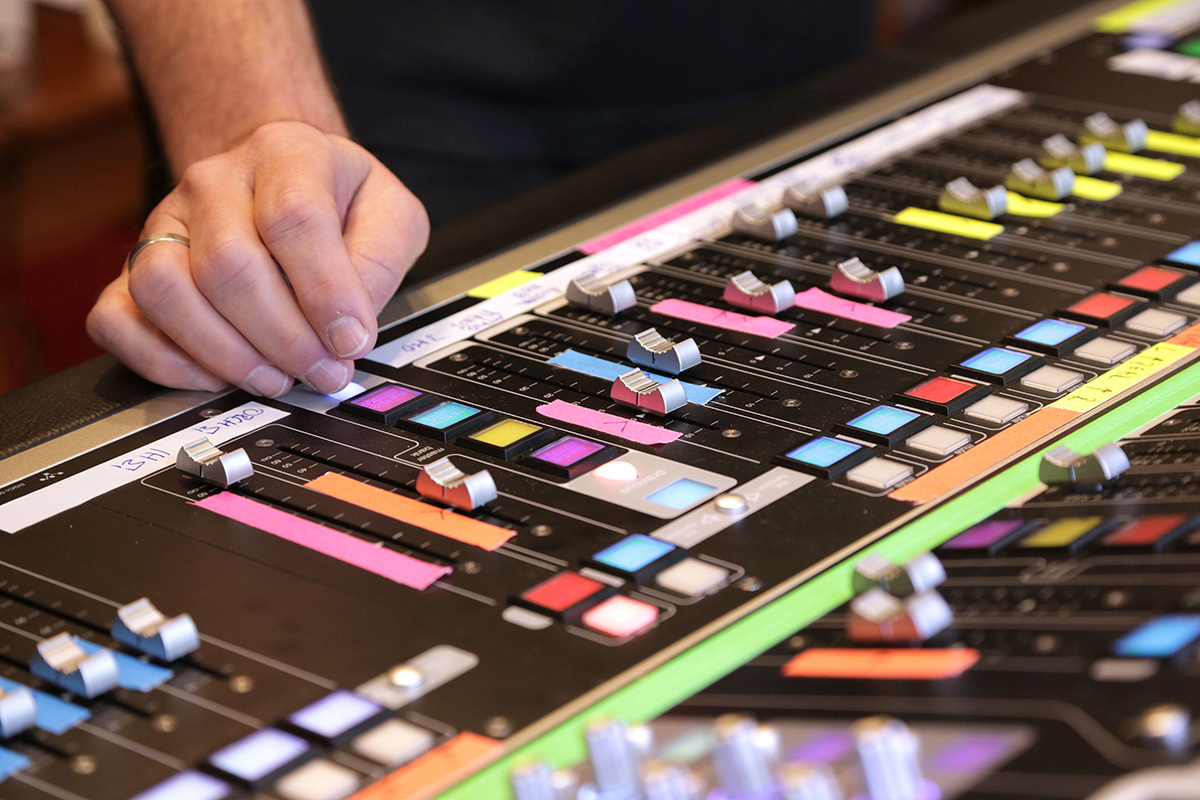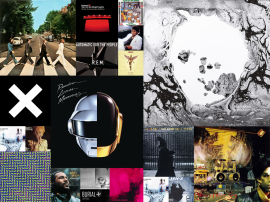Promoted: Sennheiser 9.1 3D audio will revolutionise music, gaming and cinema
Tonmeister Gregor Zielinsky explains how Sennheiser’s 3D audio will forever change how you experience recorded sound

Claimed revolutions in technology are commonplace, but only occasionally do you get to experience an actual one first-hand, briefly propelling yourself into the future.
And so it is when Stuff finds itself backstage at Sennheiser’s Reshaping Excellence event, with International Recording Applications Manager Gregor Zielinsky beaming about the company’s revolutionary 9.1-channel immersive audio technology.
The company is in pursuit of the “perfect sound,” with recordings that are “better than real”. Zielinsky says he’ll settle for “real”. He wants technology to bring purity to audio in music, cinema, sports and gaming, infusing it with the emotion and space so often stripped away when sound is squashed into stereo.
An added dimension
Despite any misgivings he might have regarding stereo, Zielinsky asserts it’s not going anywhere: “I would never say stereo is dead — we should not lose a very important platform we’ve had for decades. But we do have new options now.”
Instead, he talks of a gradual transition from stereo and towards a more exciting and immersive audio future. In order for this to happen, 3D audio technology must reach the mainstream. For consumers, he suspects headphones will enable the initial step, followed by more widespread immersive-audio home systems that are also capable of producing 3D sound from the wealth of existing stereo content you’ll still have. This will be done “in real time, in a very tasteful way,” unlike existing systems, which he believes fall short, “making the sound strange”; by contrast, Sennheiser’s has specifically been developed “to keep the original sound but transfer it with 3D space”. Elsewhere, he foresees recordings eventually following Sennheiser’s lead at Reshaping Excellence, utilising 9.1 for greater purity and flexibility later on in the studio.
Most of all, though, Zielinsky says immersive audio is about emotion: “One of the most important things that is still difficult when recording music is capturing the emotion, so it feels like you’re right there in a concert, really immersed in the sound. 3D gives us back that emotional experience, whether it’s a rock and roll concert, classical or opera.” He insists even the best stereo recordings cannot match live experiences. You return home, put on headphones, and it’s akin to “looking through a small slot into the music of the artist”.
No compromise

This is down to the constraints of stereo. Zielinsky talks of recording Beethoven’s Symphony No. 9: “The density of sounds forces you to make tremendous compromises in stereo, but in 3D you retain all of the depth and colour. Instruments sound as they should”.
As if to make the point, during a backstage demonstration of 9.1 audio, we get the clearest possible example. With the orchestra warming up for the night’s performance, a press of a button finds 9.1 playback abruptly switched to stereo. In an instant, audio that felt natural and open, with plenty of clarity and life, becomes leaden. “And even 5.1 and 7.1 are flat and ‘damaged’,” he asserts. “They have sweet spots, but in immersive audio, you can be anywhere. It’s like moving around the concert hall; it’s just like being there.” 9.1 returns. Our ears cheer. We move about within the speaker set-up and decide Zielinsky’s right. But it’s also like our first time peering at a high-res display, and we know stereo’s been dulled forever.
Amused at our realisation, Zielinsky continues explaining how immersive audio will be transformative for all industry figures and listeners alike. “It takes more time and experience to set things up, but once you have that, you don’t have to manipulate the sound nearly as much, because everything is far more pure,” he says. “And as a listener, you get a true interpretation.”
He adds that while stereo recordings require constant studio fiddling with faders, real venues don’t have musicians shifted around, to, for example, temporarily bring strings closer or move brass further away. “Everything is in place, and you know what is most important — there’s natural balance. Immersive audio brings that to recordings.”
The future of sound

Sennheiser’s technology has applications beyond recorded music, of course, and Zielinsky is excited about a time when it may effectively become the default. “We can talk about gaming in that respect, especially when it comes to headphones, and we already see 3D audio systems in cinema,” he says. “Then you have sporting events – 3D audio in something like football is enormously exciting, and we are working with television providers on making that happen.”
For Zielinsky, you feel this new technology has reinvigorated his passion. He comes across like a man half his age, thrilled by the possibilities of the future of audio: “Let’s say that after 20 years in the business, you could get kind of bored. But this… since I have this 9.1 sound, I am really, really happy. It’s like being inside the music, and we’ve never had that experience before”.
Find out more about Sennheiser’s new product at www.sennheiser-reshapingexcellence.com



